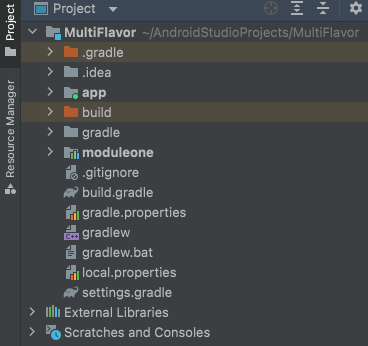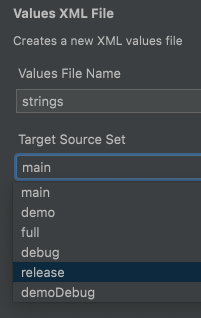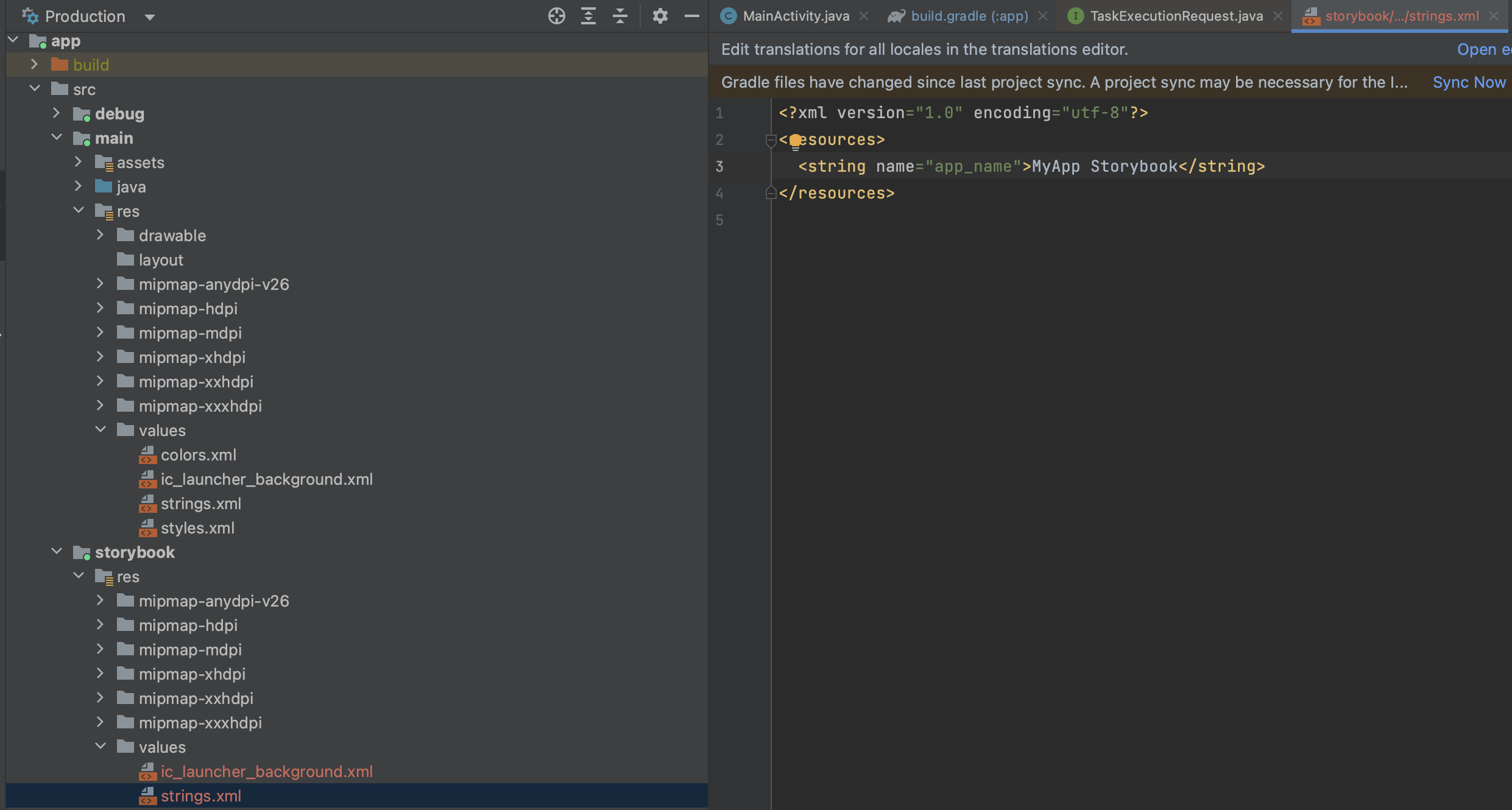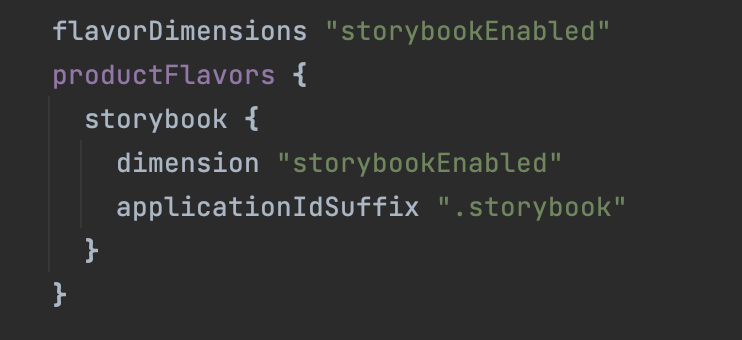How do I make string/app_name different per flavor though?
I wanted to write an update, but realized that it is bigger than the original answer saying that I use a Python script that patches the source.
The Python script has a parameter, a directory name. That directory contains per-flavor assets, resources like launcher icons, and the file properties.txt with a Python dictionary.
{ 'someBoolean' : True
, 'someParam' : 'none'
, 'appTitle' : '@string/x_app_name_xyz'
}
The Python script loads the dictionary from that file and replaces the value between <string name="app_name"> and </string> by the value of properties['appTitle'].
The below code is provided on the as-is/as-was basis etc.
for strings_xml in glob.glob("res/values*/strings.xml"):
fileReplace(strings_xml,'<string name="app_name">',properties['appTitle'],'</string>',oldtextpattern=r"[a-zA-Z0-9_/@\- ]+")
to read properties from one or more such file:
with open(filename1) as f:
properties = eval(f.read())
with open(filename2) as f:
properties.update(eval(f.read()))
and the fileReplace function is:
really = True
#False for debugging
# In the file 'fname',
# find the text matching "before oldtext after" (all occurrences) and
# replace 'oldtext' with 'newtext' (all occurrences).
# If 'mandatory' is true, raise an exception if no replacements were made.
def fileReplace(fname,before,newtext,after,oldtextpattern=r"[\w.]+",mandatory=True):
with open(fname, 'r+') as f:
read_data = f.read()
pattern = r"("+re.escape(before)+r")"+oldtextpattern+"("+re.escape(after)+r")"
replacement = r"\g<1>"+newtext+r"\g<2>"
new_data,replacements_made = re.subn(pattern,replacement,read_data,flags=re.MULTILINE)
if replacements_made and really:
f.seek(0)
f.truncate()
f.write(new_data)
if verbose:
print "patching ",fname," (",replacements_made," occurrence" + ("s" if 1!=replacements_made else ""),")",newtext,("-- no changes" if new_data==read_data else "-- ***CHANGED***")
elif replacements_made:
print fname,":"
print new_data
elif mandatory:
raise Exception("cannot patch the file: "+fname+" with ["+newtext+"] instead of '"+before+"{"+oldtextpattern+"}"+after+"'")
The first lines of the script are:
#!/usr/bin/python
# coding: utf-8
import sys
import os
import re
import os.path
import shutil
import argparse
import string
import glob
from myutils import copytreeover




